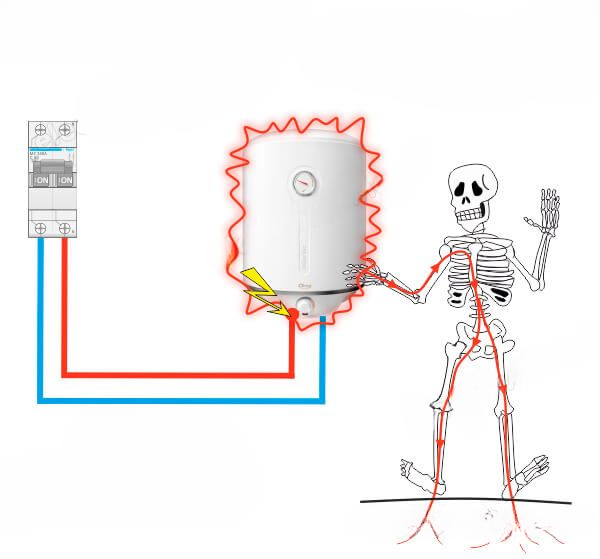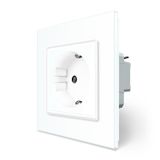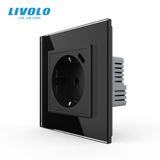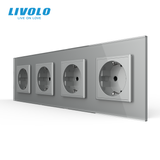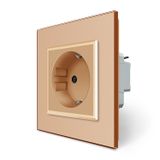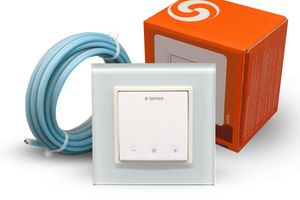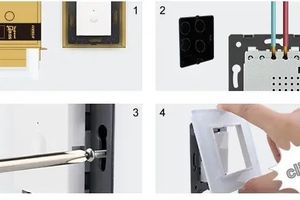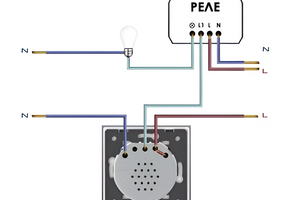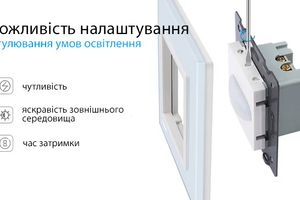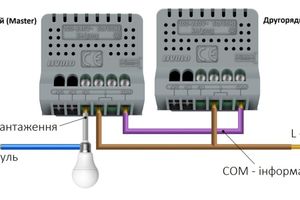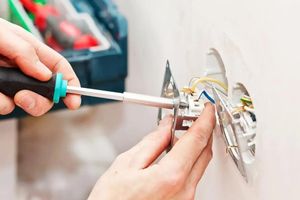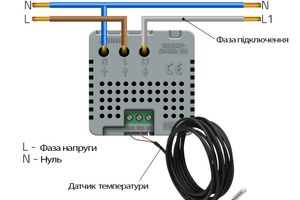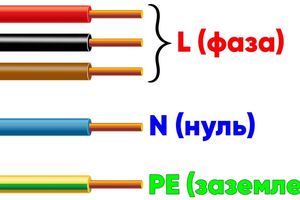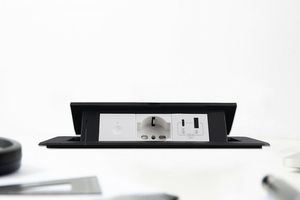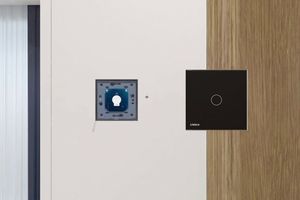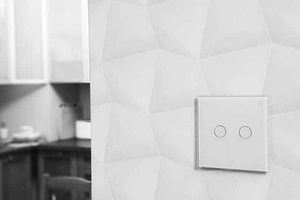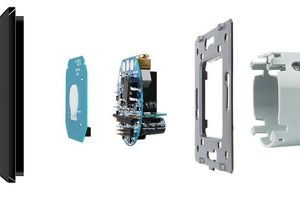The electrical outlet is a crucial element in every household, enabling the connection of all electrical appliances to the power grid. According to the Electrical Installation Code, modern buildings are equipped with grounded devices. In older homes, this grounding is often absent. This raises the question of what grounding in an outlet is and whether it is necessary. We'll discuss this and other important nuances in today's article.
What is grounding and why is it needed?
Put simply, grounding is the connection of any electrical equipment to the earth. It's essential for protecting people from electric shock and safeguarding homes from lightning strikes. In emergencies, this mechanism directs excess current safely into the ground.
Such leakage can occur due to insulation damage or appliance malfunction. Why is grounding necessary in an outlet? By connecting appliances to such devices, you protect yourself and all residents from electric shock injuries. Therefore, the question of how to ground an outlet is crucial for every homeowner or apartment dweller.
How do you know if your outlet is grounded or not?
The need to check for a grounding circuit in a home arises when moving into a new house or apartment. Special tools are used for this purpose, allowing measurement of the circuit's resistance.
However, this equipment is costly, and purchasing it for occasional use may not be practical. The simplest and easiest method to verify protection is visual inspection.
What does grounding look like in an outlet? It's essential to assess the device's appearance. There should be three wires present:
- Phase (P)
- Neutral (N)
- PE (Protective Earth), which is the grounding wire.
Accordingly, an outlet with a grounding circuit has three contacts, which is visually apparent. If there are only two contacts, then grounding is absent.
There's another method to confirm if an outlet is grounded, which involves dismantling it. Sometimes, visual inspection alone doesn't definitively confirm the device's safety contribution. It's common for less responsible technicians to install grounded devices in a two-wire system, or vice versa.
Therefore, to verify, the outlet needs to be disassembled. Before starting, ensure to disconnect the power at the circuit breaker. These are basic safety rules that must be followed. Once you've removed the outlet, there's no need to disconnect it.
Simply ensure that there is a three-wire cable in the junction box and that all terminal connections in the outlet are linked to this three-wire cable. If the cable has only two wires, then there is no grounding.
How to ground sockets in the house?
If you're wondering how to ground an outlet in an apartment or house with a two-wire electrical system, unfortunately, the solution is to replace it entirely.
Theoretically, you could run a separate wire to each device in the house, connected to a grounding bus bar. However, this approach is not aesthetically pleasing. Instead, let's explore how to ground an outlet in a private house without cutting into walls or extensive renovations.
Here's a simplified method:
- First, bury several metal electrodes in the ground, each 0.5–1.5 meters deep.
- Next, connect these electrodes together using any conductive material such as metal strips or rods, forming a triangle.
- Finally, connect this entire structure to the home wiring by welding the grounding cable.
It is strictly prohibited to connect grounding directly to the neutral wire at the outlet, as this poses a danger to life. If this cable is interrupted, hazardous voltage can appear on the grounding contact.
Grounding in a multi-apartment building is more complex, but there are two civilized ways to address the issue. The first involves installing an individual grounding circuit, which requires contacting the building management. The second method is installing a residual-current device (RCD) and voltage relay, though this is a temporary solution and does not replace proper grounding.
Let's start with the first option. To install an individual grounding circuit in your apartment, you'll need to run a single-core copper wire with a cross-section of at least 4 mm² from your internal circuit breaker panel to the basement. This can be done using the standard risers available in each building's stairwell.
Near the building, construct the previously described setup, but bury the electrodes deeper—about three meters underground. Connecting the cable to this structure will provide you with a complete grounding system in your apartment. Residents on any floor can use this method; you'll just need to purchase the cable of the required length beforehand.
The second option is likely a temporary measure before implementing a full grounding system. You can simply purchase a relay or residual-current device (RCD) and install it in your circuit breaker panel. No permissions are required for this, but such devices cannot fully replace a proper grounding circuit. This method can be useful if you're preparing for rewiring, for instance.
Now that you understand what grounding in an outlet entails and how crucial it is for your comfort and safety, if you're gearing up for the installation of quality modern wiring, you can purchase excellent grounding sockets at LIVOLO electrical stores. Their catalog includes single, double, triple, quadruple, and even quintuple options.
